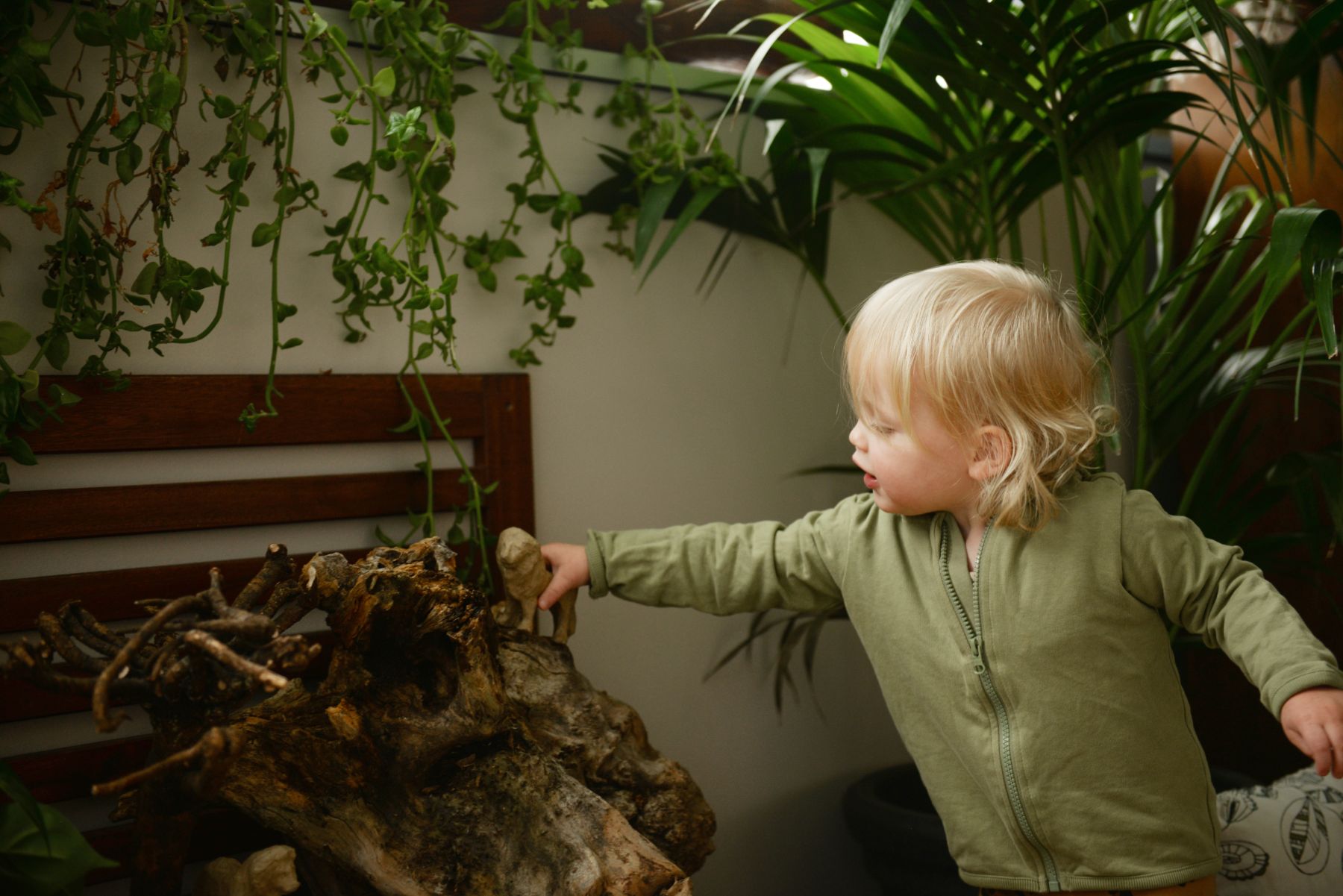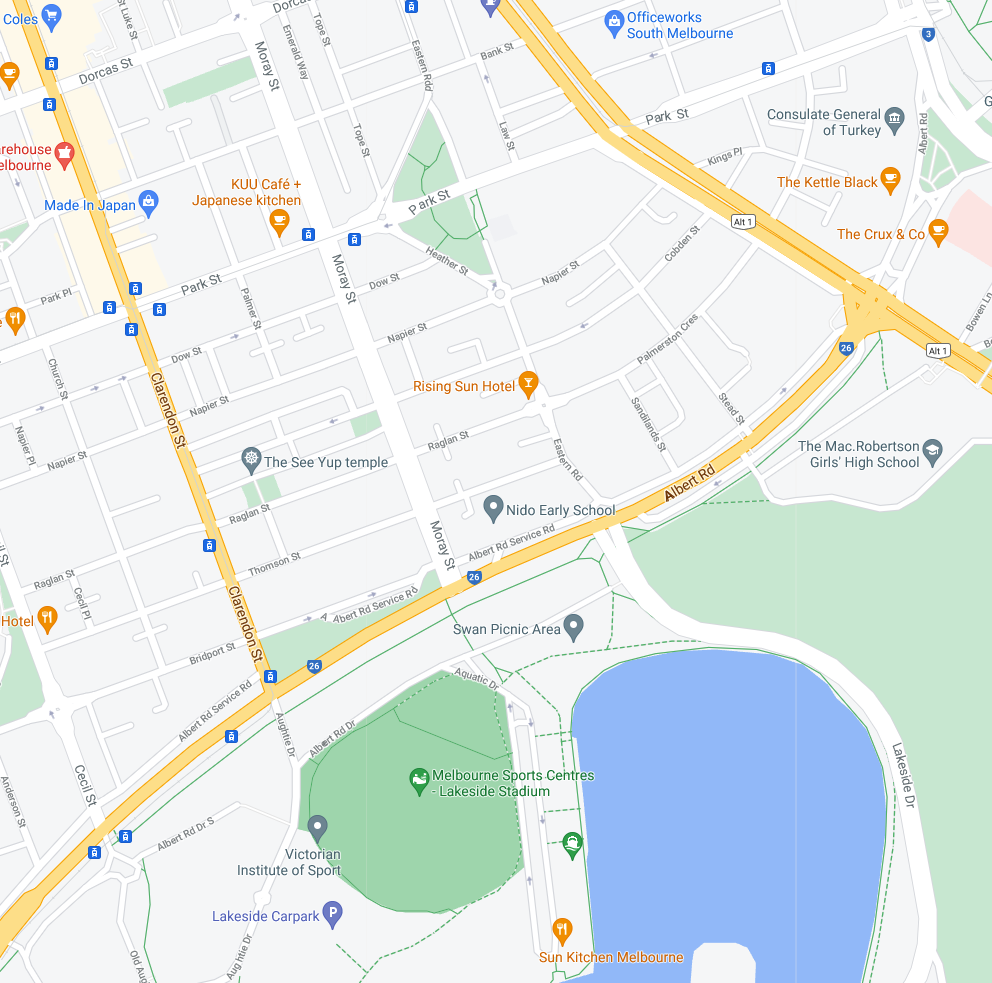
The idea of mindfulness and being present in the moment isn’t new, but it tends to be seen more as an adult concept rather than one which has benefits for young children.
The fact is - teaching children about mindfulness can lead to many good things including better self-esteem, a greater ability to manage their emotions, more effective handling of stress, uncertainty and anxiety and improved skills in a range of areas. It can also lead to greater happiness.
Mindfulness can also build a young child’s resilience, help with conflict resolution and encourage positive behaviours - and as any parent, caregiver or early educator will attest - all of those outcomes are hugely beneficial to young children as they explore, discover and navigate the sometimes challenging world around them.
So the answer to the question of whether there’s a place for mindfulness in early learning environments is a resounding ‘yes’. And that’s why you’ll find there’s an increasing focus on mindfulness in many early education centres as the concept evolves from being ‘new age’ to being a mainstream priority.
Mindfulness is certainly a firm fixture at our Evoke Early Learning Centres and is a powerful tool in achieving our vision of building happy, fulfilled, resilient, curious, kind and self-aware children.
What does mindfulness for children look like?
Mindfulness for children looks similar to mindfulness for adults. It’s about being fully present and focused on where we are and what we're doing.
One of the keys to successfully teaching children about mindfulness is to give them a clear and simple explanation about what the concept means.
Children respond to practical examples that they can relate to.
Parents can ask children to talk about each of their senses and to describe what they are touching, seeing, tasting, hearing, smelling or feeling at that particular moment. For example, they may ask the child to describe how the fabric of their clothes feels against their skin or how their feet feel in their shoes. They may ask them to describe the sound of their environment, birds tweeting, leaves rustling, cars driving past, the sound of their breath.
Here are three ways that you can help a child practise being mindful.
- Ask your child to lie down and place a favourite stuffed animal onto their chest. Ask them to then take deep, slow breaths in and out and watch what happens to their toy. You can also get them to see what happens to the toy when they take quicker breaths or when they hold their breath for a few seconds.
- Ask your child to sit quietly and put one of their hands in front of their face with their palm facing towards them. Then get your child to trace the outline of their upturned hand with their ‘pointing’ finger on their other hand, breathing in while their finger goes upwards and breathing out while they trace downwards. Ask them to focus on the feeling of their fingers and on the noise of their breathing.
- Ask your child to sit quietly with eyes closed. Tell them you will set a timer for a minute while they listen carefully to the sounds around them. Once the time is up, ask the child about what they heard and if they felt any change in their bodies before and after the activity. It’s worth doing this a couple of times so that the child gets a sense of the effects of that mindful minute on their mind and body.
How do you teach mindfulness to a child?
There is a myriad of ways to introduce mindfulness to children - and it can be fun too!
However, instilling mindful habits in children takes patience, practice and positivity. It’s also not just a tool to use when times get tough. Mindfulness can be a strong and empowering response when a child is exploring new sensations and experiences, so it is really worth persevering when it comes to teaching mindfulness to little ones.
It’s also important to reassure children that there’s no right or wrong when it comes to mindfulness. It’s all about making a conscious effort to notice what’s happening around them or what’s happening with their bodies or their emotions at a particular point in time. You might find that teaching mindfulness at an early age will "Help Your Child Build Self-Confidence Before Starting Early School"
Mindful adults, mindful children
Children learn by example, so when parents and educators display a gentle, accepting attitude to the present moment, children are likely to mirror that behaviour.
As mentioned earlier, we encourage and embrace mindfulness at our Evoke Early Learning Centres in Clayton or Albert Park for both educators and children. Being present in the moment is an important aspect of and it is an integral part of in our play-based environment to build our little learners’ confidence, creativity and curiosity.
If you’re interested in finding out more about how mindfulness fits into our daily curriculum or if you’re exploring early education opportunities for your child, we warmly invite you to contact us for a friendly chat or to book a tour.

Tracey is a highly qualified educator and administrator and brings a strong combination of academic achievement, extensive work experience in the education and business sectors as well as drive and passion to her role as General Manager of Operations at Evoke Early Learning.
Tracey has a Master of Education and an Advanced Diploma of Business and holds VIT Dual Registration to teach in Early Childhood and Primary School settings. She’s also a VIT Trained Mentor Teacher and has worked in ECEC settings as a Director, Educational Leader and as a Victorian Senior Area manager. Her recognition as a state finalist in the recent Director of the Year Awards is testament to her achievements in the early education sector.
Her extensive work experience also included a stint as Head of Curriculum at the Royal Children’s Hospital Education Institute and positions as head of ICT at a number of large primary and secondary schools. Tracey is also experienced in not-for-profit sessional kindergarten settings and long daycare environments, so she has a deep understanding of what’s required to support the needs and expectations of young children, educators, parents and caregivers.
Tracey is responsible for operational management at Evoke Early Learning’s Clayton centre in Oakleigh East and their Albert Park centre in South Melbourne and is deeply committed to leading and driving effective and sustainable service delivery throughout the company.
Tracey is passionate about making a meaningful difference to young children, their parents and the wider community and under her expert guidance, Evoke Early Learning is continuing to raise the bar in quality early education and childcare.


